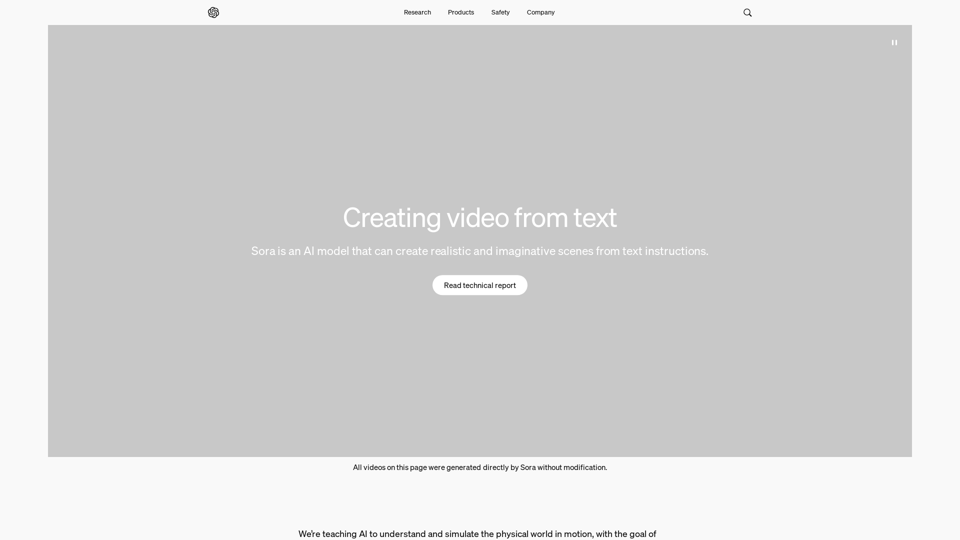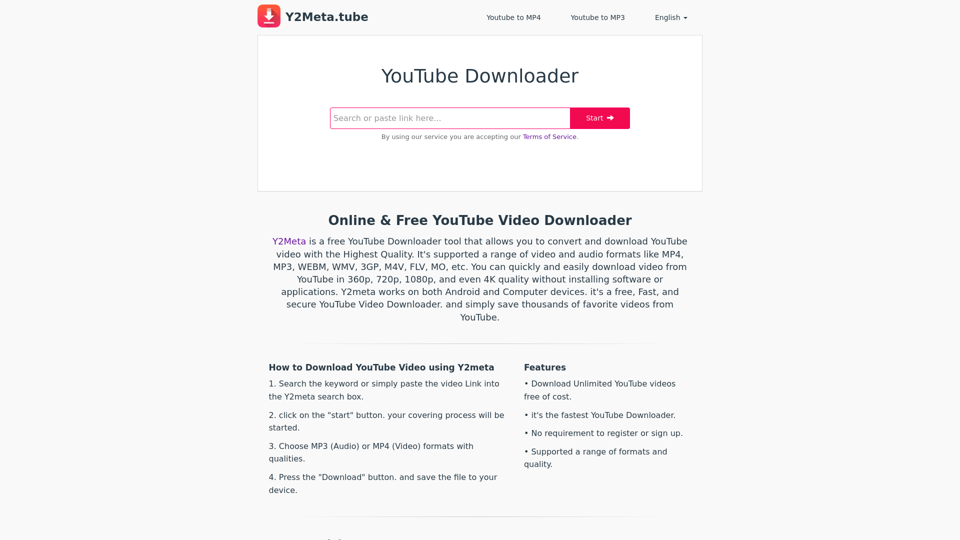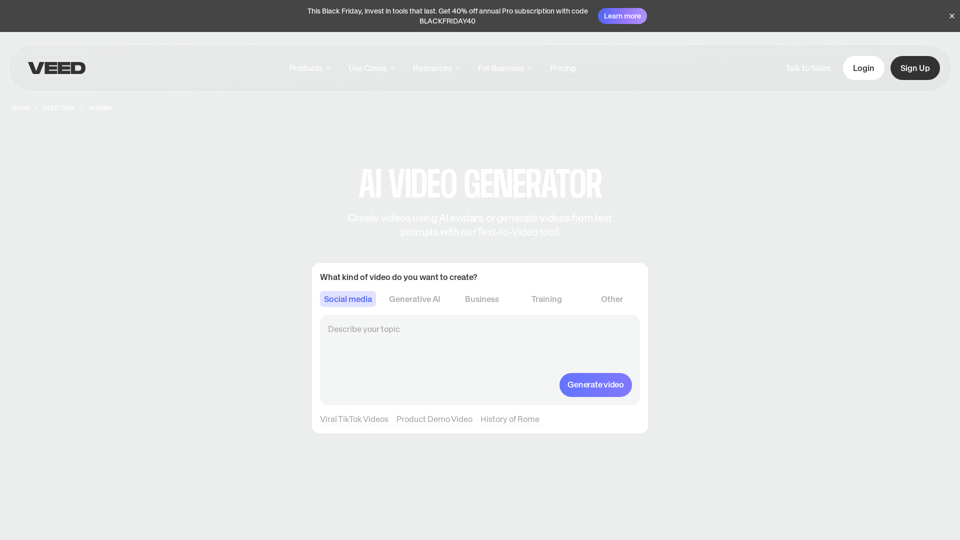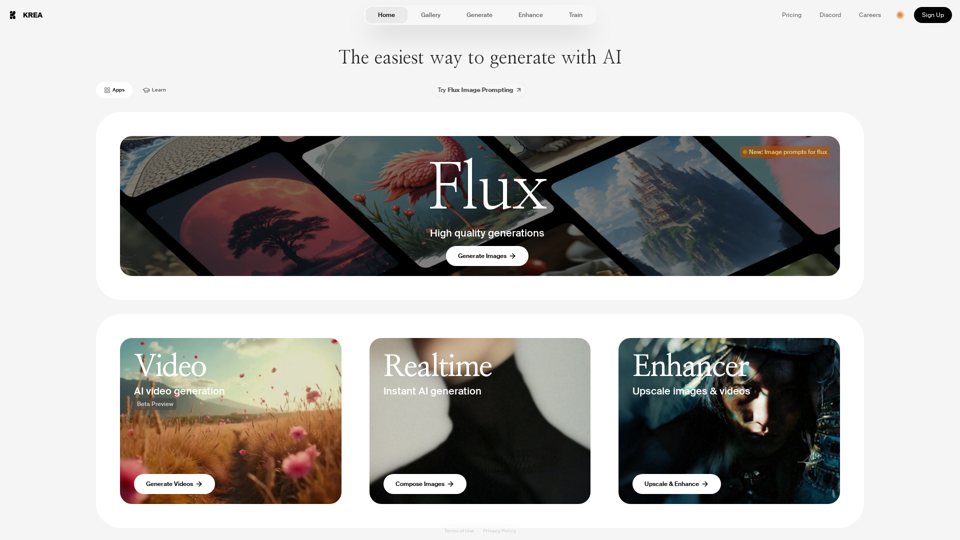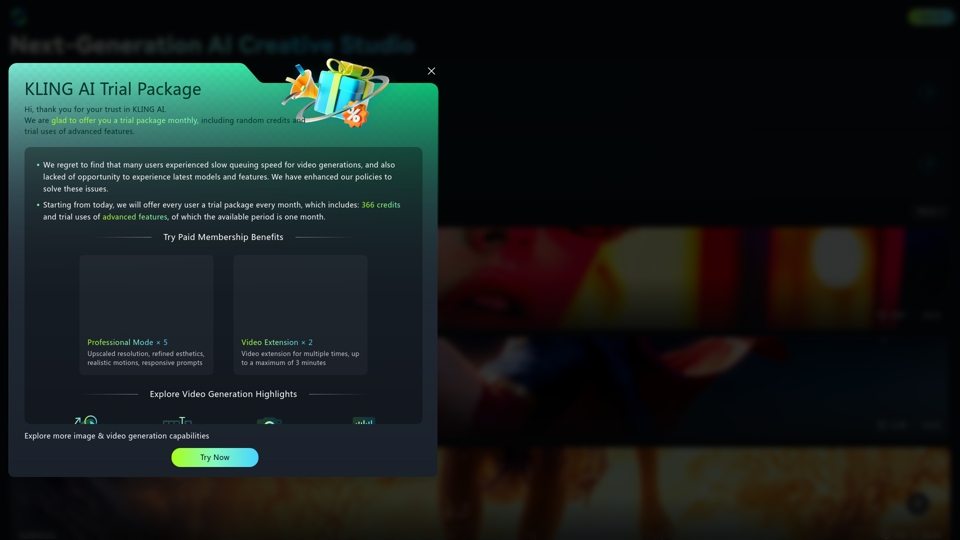Product Features of Sora
Overview
Sora is an AI model developed by OpenAI that specializes in creating realistic and imaginative scenes from text instructions. It aims to simulate the physical world in motion, helping users solve problems that require real-world interaction. Sora can generate videos up to a minute long while maintaining visual quality and adhering to the user's prompt.
Main Purpose and Target User Group
The main purpose of Sora is to assist red teamers in assessing critical areas for harms or risks and to provide visual artists, designers, and filmmakers with a tool to enhance their creative projects. Sora is designed to be most helpful for creative professionals who require high-quality video generation based on text prompts.
Function Details and Operations
- Sora is a diffusion model that generates videos by transforming static noise over multiple steps.
- It uses a transformer architecture similar to GPT models for superior scaling performance.
- Videos and images are represented as patches, allowing the model to train on a wide range of visual data.
- Sora can generate videos solely from text instructions, animate still images, and extend existing videos.
User Benefits
- Ability to create complex scenes with multiple characters, specific motion types, and accurate details.
- Deep understanding of language for accurate interpretation of prompts and vibrant character expressions.
- Capable of generating multiple shots within a single video while maintaining visual consistency.
- Foresight feature ensures subjects remain consistent even when temporarily out of view.
Compatibility and Integration
- Sora builds on past research in DALL·E and GPT models, incorporating recaptioning techniques for faithful video generation.
- The model can be integrated into various creative projects requiring video generation based on text prompts.
Customer Feedback and Case Studies
- Sora is currently available to red teamers and visual artists for feedback and testing.
- OpenAI is engaging with policymakers, educators, and artists to understand concerns and identify positive use cases for the technology.
Access and Activation Method
- Sora is accessible through OpenAI's products, with safety measures in place to detect misleading content.
- The model undergoes rigorous testing and safety checks to ensure compliance with OpenAI's usage policies.
- Real-world feedback and testing are crucial for improving the safety and effectiveness of AI systems like Sora over time.
